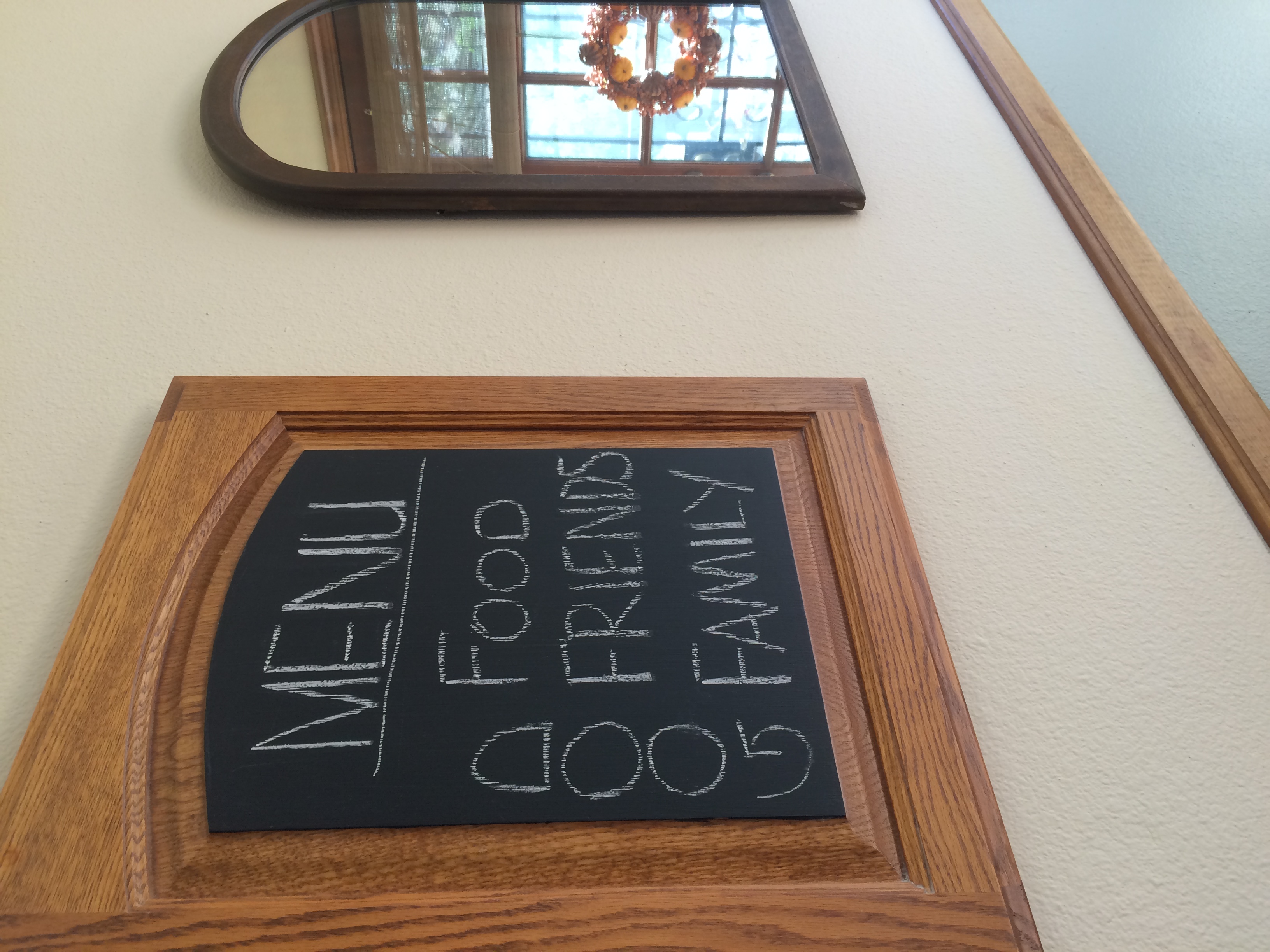Several years ago, my daughter and I found this little table at an estate sale. She bought it and used it as an outdoor plant stand for several years and then passed it on to me. It was pretty weathered when we first acquired it and by the time it came to me, it was quite rickety and barely able to stand.
Handy Hubby to the rescue. Once it was made secure with a few screws and plenty of glue, I let it sit for sometime, before deciding to paint it.
Spraying it all black after priming the table gave me time to think about what to finally do with it. Bright colors and patterns seemed to be the answer. Starting with the legs, they each got the same treatment of color and patterns to lessen the chaos of the project.
I decided to paint the top a black and white checkerboard. The top was the most damaged, so the pattern is far from perfect, but it is still recognizable.
The bottom shelf was the last design idea. Since the legs were so quirky and the top was a checkerboard, I figured it was heading to Alice’s Garden in the end, therefore a rose and the four suits of cards would be perfect.
In the story of Alice in Wonderland, the Queen shouts, “Off with their head’s” when she sees the cards painting the roses red; they were supposed to have planted red roses, but planted white instead. The cards discovered their mistake and were hastily trying to rectify the situation before the Queen found out. That is the “hidden message” with the partially painted red rose on the bottom shelf.




































































